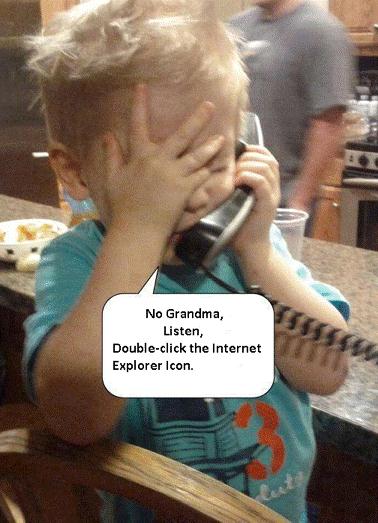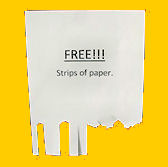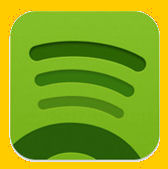|
|
|||||||||||||||||||
|
Radschool Association Magazine - Vol 41 Page 6 |
|||||||||||||||||||
|
Privacy Policy | Editorial Policy | Profit Policy | Join the Association | List of Members | Contact us | Index | Links |
|||||||||||||||||||
|
Out in the shed with Ted
Ted McEvoy.
|
|||||||||||||||||||
|
Back Go to page: 1 2 3 4 5 6 7 8 9 10 11 12 13 14 15 16 17 18 19 20 Forward |
|||||||||||||||||||
|
|
|||||||||||||||||||
|
Pensions.
Pensions were increased on the 20th September, 2012. The next review is scheduled for the 31st December 2012. Here are the current rates:
|
|||||||||||||||||||
|
|
|||||||||||||||||||
|
Disability pensions are not taxed. You do not need to declare it as income in your tax return.
A disability pension is not counted as income for the service pension income test. However, it is counted as income when assessing eligibility for rent assistance (in addition to the service pension) and for calculating how much rent assistance is to be paid.
The disability pension is counted as income for the Age and Disability Support pensions and other benefits claimed under the Social Security Law. However, the Defence Force Income Support Allowance (DFISA) may be paid to you if your Centrelink income support payment is reduced or not payable because of adjusted disability pension.
|
|||||||||||||||||||
|
Carer Allowance.
The Carer Allowance is adjusted each year on the 1st January. The current rate (caring for a person 16 years or over) is $114.00 per fortnight.
If you are receiving Carer Allowance on 1 July each year, you will also receive an annual Carer Supplement of up to $600 for each person in your care who qualifies you for Carer Allowance.
The Carer Allowance (caring for a child under 16 years) is either:
Which of these you receive depends on the child’s care needs. You will also be paid an annual:
You or your partner could be eligible for a carer allowance – see HERE.
|
|||||||||||||||||||
|
Important Federal Court Decision.
Special Rate and Intermediate Rate pension claims.
Special Rate and Intermediate Rate (IR) disability pensions are payable to veterans who are severely incapacitated and unable to earn a normal wage, solely due to their service-related disabilities.
The Full Federal Court decided in the case of Connell that a reduction in work hours was sufficient to meet the Intermediate Rate test of being “prevented from continuing to undertake remunerative work that the veteran was undertaking”.
This decision means veterans are no longer required to have completely ceased the work they were undertaking in order to satisfy the requirement of the prevented test. For example, if due to a service-related disability alone, a veteran reduced his work hours from full-time to part-time, or from part-time to 20 hours a week or less, and this results in a loss of earnings, he will satisfy the prevented test for IR
It is important to remember that a veteran must still satisfy all of the other eligibility criteria including the alone test, which requires that the veteran’s service-related disabilities alone are the reason they are unable to work for more than the relevant working hours thresholds.
The Repatriation Commission decided that the interpretation of the prevented test taken by the Full Federal Court should also apply to Special Rate provisions.
For more information on Special and Intermediate Rates, refer to DVA Factsheet DP29 on the DVA website www.dva.gov.au (you can get it HERE) or contact DVA on 133 254 or from regional Australia free call 1800 555 254.
|
|||||||||||||||||||
|
|
|||||||||||||||||||
|
Diesel.
On 12 June 2012, the International Agency for Research on Cancer (IARC), which is part of the World Health Organization (WHO), classified diesel engine exhaust as carcinogenic to humans (Group 1), based on sufficient evidence that exposure is associated with an increased risk for lung cancer. The most powerful evidence came from a retrospective study of underground coal miners from West Virginia, taking into account potential confounders such as recall bias and smoking. IARC had previously classified diesel exhaust as probably carcinogenic to humans (Group 2A).
If you worked on or around Diesel vehicles you could have a claim against DVA - see HERE
|
|||||||||||||||||||
Funeral insurance plans 'misleading'
Madeleine Heffernan Brisbane Times
A Invocare-funded study undertaken by actuaries Rice Warner found that a
person who took out a funeral insurance plan at 60, who lived to 89,
would pay $85,000 in premiums - according to Invocare boss Andrew Smith.
The head of Australia's biggest funerals, burials and cremation
provider has stepped up his criticisms of funeral
Invocare chief Andrew Smith said that insurers were ''misleading'' customers about the prospect of loved ones being left to pay, given an executor of a will has the power to release funds to cover funeral costs. Most people don't appreciate that if you are executor of a will, you can provide evidence of the funeral directors' fees and that is the one expense that the banks are allowed to release funds to cover.
''Really, the insurers are misleading the consumers, saying, 'Don't be caught with a financial burden', because it's the one expense that you access to the estate, through the executor.'' While Invocare is talking up its book - it has $325 million funds under management with its own prepaid funeral products - consumer group Choice recently described funeral insurance plans, in which people make contributions for a lump sum at death, as ''unnecessary insurance''.
''Under some funeral insurance plans, you'll end up paying more in premiums than the value of the cover,'' Choice said in August. ''Prepaid funerals, funeral bonds and life insurance are more cost-effective options for covering your funeral costs.'' Mr Smith said people in their 60s and 70s had ''grown up insuring their cars, their houses, their incomes, their life''. ''They think they're being very responsible and so their [insurers'] campaign around, 'Protect yourself from the $6,000 funeral, don't be a financial burden on your kid', is very, very emotionally connecting with that target audience.''
''Their campaign is, for less than a cup of coffee a day, you're protected. By the end of it, you're paying quite a big amount in premiums as the older you get, the more premiums you pay..''
Another report by the securities regulator found funeral insurance seemed ''likely to attract customers in the 60-plus age range, particularly those who are ill, or respond to being made to feel guilty about leaving the family with a financial obligation''. The report said it was ''of concern that there is so little understanding of the limitations of funeral insurance policies, the increasing premiums, the total amount spent, the failure-to-pay clauses and the real cost of funerals''.
''Also concerning is that there was little evidence of any real understanding of the existence of alternative methods of paying for a funeral.''
BUT!!! What has to be remembered is this is an insurance!!
We don't think so. You could take out car insurance and write off your car tomorrow, or you could insure your house and have a semi hit it tomorrow - similarly, you could take out funeral insurance today and (heaven forbid) drop dead tomorrow. You pays your money and you takes your chances.....It's your decision!!
|
|||||||||||||||||||
|
|
|||||||||||||||||||
|
Free trip home!
Good News, the Prime Minister’s office recently advised that leave travel entitlements, for all single members of the ADF, have been re-instated. The Minister for Defence Science and Personnel, Warren Snowdon, issued a press release, and you can read it HERE.
It was good enough for us, it should be good enough for today’s young blokes/blokettes.
Sanity returns!!
|
|||||||||||||||||||
|
Women in the ADF.
The ADF is a little worried about the recent changes the Gov't has brought in allowing women to participate in all aspects of the ADF - particularly allowing them into the front line. See HERE.
|
|||||||||||||||||||
|
|
|||||||||||||||||||
|
|
|||||||||||||||||||
|
Proposed chances to the Safety Rehabilitation and Compensation Act (SRCA).
|
|||||||||||||||||||
|
|
|||||||||||||||||||
|
|
|||||||||||||||||||
|
The 7th Batallion RAR Assoc issued a release about the proposed changes to be made to the Safety, Rehabilitation and Compensation Act. If you have an injury or illness that resulted from your service with the ADF – this could be of interest to you,
You can read it HERE.
|
|||||||||||||||||||
|
Book your own Transport.
If you receive benefits under the Veterans Entitlement Act (VEA) you can now book your own transport via the DVA’s My Account web site. There is now no need for you or your health provider to ring DVA. All you need to do is log onto the site, follow the prompts and make all your Book car with Driver arrangements.
|
|||||||||||||||||||
|
|
|||||||||||||||||||
|
Claiming travelling expenses.
If you are covered by the VEA, there are two ways to claim travelling expenses, one is via My Account and the other is via the D800 Claim for Travelling Expenses Form.
Below are the pro’s and con’s for using each method.
|
|||||||||||||||||||
|
|||||||||||||||||||
|
You will also find the link to DVA's MyAccount web site on our Links Page.
|
|||||||||||||||||||
|
DVA's Wizard.
DVA recently released an online Entitlement Self Assessment Wizard where you can see if you are entitled to any of DVA's entitlements. Although the Wizard does not guarantee entitlements once you have completed the form it will provide you with tailored information on rehabilitation, compensation, health and/or income support benefits.
You will find it HERE. |
|||||||||||||||||||
|
|
|||||||||||||||||||
|
RAAF Deaths since Vietnam.
Click HERE for the latest information on RAAF deaths since Vietnam sorted by serving Unit. Click HERE for the sort to be done alphabetically by Surname. If anybody has updates, corrections, etc please send them to John Howard at gailandjohn6@bigpond.com who continues to update the Vietnam Veterans files.
|
|||||||||||||||||||
|
|
|||||||||||||||||||
|
|
|||||||||||||||||||
|
The Constitution.
If you're like me and read the Australian Constitution every night before you go to sleep you will know that section 117 says:
Well, isn't that interesting. If you live in WA, as I do, and you are a TPI, the State Gov't allows you to travel on trains/busses etc for free. But! If you go to SA, or any other State, you have to pay for your travel - isn't that against the Constitution??
And, in most States you can do a U turn at traffic lights, except for where there is a sign saying "No U-Turn." In Queensland the law is different, in Qld you are not able to do a U turn as traffic lights unless there is a sign that says "U-Turn Permitted." If I do a U-Turn at the lights in Qld without a sign saying I can, surely I can't be booked because I am allowed to do so in my home state. There has to be many laws that are different from State to State that this clause would negate....
Now who's got the money and the inclination to test this in the High Court???
Very Interesting!!!
|
|||||||||||||||||||
|
|
|||||||||||||||||||
|
Daddy, how was I born?
The father answers, 'Well, son, I guess one day you will need to find out anyway! Your Mom and I first got together in a chat room on Yahoo. Then I set up a date via e-mail with your Mom and we met at a cyber-cafe. We sneaked into a secluded room, and googled each other. There your mother agreed to a download from my hard drive. As soon as I was ready to upload, we discovered that neither one of us had used a firewall and since it was too late to hit the delete button, nine months later a little pop-up appeared that said: (Click Here) |
|||||||||||||||||||
|
|
|||||||||||||||||||
|
1927 Ford Trimotor C-1077.
Speaking of aeroplanes, which we weren’t, but now we will. One of the most important events in selling aviation to the general public was the entry of Henry Ford into aircraft manufacturing. The Ford automobile was, at the time, the symbol of reliability and it followed in the minds of a good many people that a Ford aeroplane would therefore be safe in which to fly. The Ford Tri-motor, nicknamed "The Tin Goose," was a rugged, all metal, dependable transport aircraft which won a permanent place in aviation history.
|
|||||||||||||||||||
|
|
|||||||||||||||||||
|
|
|||||||||||||||||||
|
The Tri Motor, called the 4-AT (for Air Transport) made its maiden flight on June 11, 1926. Between its first flight and July 27, 1931, a total of 71 4-AT’s were built and this rugged aircraft, with its three 220 hp Wright J-5 engines, became a successful 12 to 14 passenger transporter. The upgraded 5-AT model became the most famous of the different Ford Tri-motor models and by the time Ford stopped producing aircraft in 1933, 199 Ford Tri-motors had been built. In May of 1930, the 5-AT sold for $40,000.
More than 100 airlines from around the world flew the Ford Tri-motor. They were used on the first transcontinental route and were flown by Transcontinental Air Transport (TAT) later to become known as (TWA.) The following are photos of the aircraft’s interior.
|
|||||||||||||||||||
|
|
|
||||||||||||||||||
|
|
|||||||||||||||||||
|
|
|
||||||||||||||||||
|
|
|||||||||||||||||||
|
Some characteristics of the aircraft are:
|
|||||||||||||||||||
|
|||||||||||||||||||
|
The missus left a post-it note on the fridge saying "It's no good, it's not working, I'm staying at mum’s for a while" I opened it, the light came on, the beer was cold. I wonder what she was on about?
|
|||||||||||||||||||
|
Pan Am.
Pan American World Airways’ experiences during the early days of World War II were unmatched by any other civil organization. Established in 1927 as a scheduled air mail and passenger service operating between Key West, Florida, and Havana, Cuba, it eventually became known throughout the world as Pan Am. When the US entered the war, Pan Am was the USA’s only overseas airline and nearly all of Pan Am's equipment and its 9,000 employees were assigned, directly or indirectly, to the war effort. They rose to the challenge.
Pan Am's pilots and
navigators were called on to advise the military on the techniques of
overseas flying and to start training crews. At the Pan Am Navigational
School near Miami, General Jimmy Doolittle's navigators trained for his
bombing raid. At Pan Am bases, many departments started working around
the clock. Doubling and tripling of maintenance personnel resulted in a
50 percent cut in servicing time and a 100 percent increase in aircraft
Most Clippers flew twice as many hours, twice as often as they had in peacetime. The plush interiors of the B-314 flying boats were stripped to wartime austerity and priority cargo was packed into every available inch of space. The exteriors were camouflaged by painting them with drab sea-gray paint. The Pan Am crews now wore khaki when under Army command and green when flying for the Navy.
During the first year of the war records were shattered and re-shattered. Feats that would have been considered miraculous in normal times were now all in a day's work. In 1942 Pan Am Clippers made 1,219 Atlantic crossings. The amount of cargo carried increased sharply from 7,500 kilograms in 1941 to over 1,350,000 kilograms in 1942!
It seemed that transatlantic
flight crews were in the air more than they were on the ground. Captain
H. E. Gray, who was to serve as president of Pan Am in the 1960's, made
nine crossings in nine days. Pan Am pilot Joe Hart made 12 in 13 days.
Captain R. O. D. Sullivan
made
a total of 103 crossings of the Atlantic in 1942. When he became the
first person in history to make a hundred aerial crossings, he wasn't
even aware of it. Bringing his oil-stained, camouflaged Clipper down on
Long Island Sound, he h
Although the Japanese had taken over all of its Central Pacific bases except Honolulu, Pan Am nevertheless continued to be active in Asia. Pan Am's affiliate on the mainland of China, the China National Aviation Corporation, made a heroic evacuation of some 275 U.S., British and Chinese civilians from Hong Kong, accomplished by pilots and ground crews working without rest for 72 straight hours. In April, 1942, Pan Am played a key role in evacuating more than 4,000 civilians and wounded soldiers from Burma, at the same time flying in supplies for the forces struggling to hold back the Japanese invaders, much of it accomplished in violent monsoon weather and under constant threats from enemy aircraft.
To expedite shipments to the Asian and African war zones, Pan Am formed a new Africa-Orient Division. Its exploits are legendary. The famous "Cannonball" route was established; stretching 11,500 miles from Miami to South America, across the Atlantic to Africa and from there to India, it was the longest, fastest, big-scale air transport route in history and an important supply line for the entire Far East.
At its peak, seven flights a day in each direction were being scheduled, and one day there were 16 Pan Am-operated C-54 transport planes over the ocean at the same time. This steady flow of arms, ammunition and supplies was later given a large share of the credit for driving the Japanese out of Burma.
|
|||||||||||||||||||
|
|
|||||||||||||||||||
|
|
|||||||||||||||||||
|
The Africa-Orient Division also flew supplies to China over the Himalayas, a route known as the "Hump", one of the wildest, most rugged areas on earth with the high mountain peaks and almost constantly turbulent weather. Frequently planes were forced to struggle up to 20,000 feet to clear the peaks, sometimes without oxygen for the crew, often fighting 100-mph winds. Violent updrafts and down-drafts tossed planes around like leaves. Ice was severe. The ever-present enemy fighters also took their toll. One Pan Am plane came back with over 3,000 bullet holes. For three years the flights over the "Hump" were the sole source of U.S. and other outside help to otherwise-isolated China.
In addition to its regular flights across the Atlantic and the Pacific, and into Africa and the Orient, Pan Am allocated aircraft to special, often secret, missions. A Pan Am B-314 flew President Roosevelt and his advisors to the summit conference at Casablanca. Franklin Roosevelt celebrated his sixty-first birthday aboard the Dixie Clipper on January 30th, 1943 while over the Caribbean, on his return trip from his secret meeting in Casablanca with Winston Churchill and Charles De Gaulle.
Other Pan Am aircraft carried top U.S. generals and admirals, Britain's Prime Minister Winston Churchill, the Netherlands Queen Wilhelmina, Greece's King George and scores of other high-ranking diplomats and military men. Pan Am flew more than 700 of these special missions. Although there were many acts of heroism and moments of high drama, Pan Am's major contribution throughout the war was doing what it had learned to do so expertly in peacetime: the building and outfitting of overseas air bases and the fast, dependable transportation of people and cargo over long distances.
During the war years Pan Am
built some 50 airports in 15 different countries, almost all of them in
remote, often hostile areas. As the largest air transport contractor to
the army and the navy, Pan Am flew over 90 million aircraft miles for
the government and made more than 18,000 ocean crossings. An advertising
illustration from the Saturday Evening Post,
And Pan Am paid the price: more than 200 employees gave their lives, an unknown number were imprisoned in enemy prison camps and at least a dozen aircraft were lost.
Not many people know about Pan Am's role in World War II, there was almost no publicity. There were no medals, no glory. It was all done in the line of duty. Pan Am's herculean efforts to keep supply lines open throughout the world was one of America's most valuable secret weapons. When the war ended, Pan Am could look back with pride on a job well done. Its unique experience, gained during years of pioneering air transportation in Latin America and across the Atlantic and Pacific, had been the basis for the country's entire wartime international transport operations and significantly influenced the war's outcome.
The use of Pan Am to directly support the War effort was so beneficial that it was subsequently replicated in many instances! But a slight deviation was affected through the purpose forming of "Airlines" to support military operations! Not the least of these were the "Airlines" formed by the USA's Central Intelligence Agency (CIA). The CIA set-up "Air America", "Civil Air Transport" (CAT), "Bird & Sons Inc." (Bird Air), "Arizona Helicopters", "Continental Air Services" (CASI) and "Southern Air Transport" (SAT) to name a few!
After the war, Pan Am went from strength to strength, it was the launch customer of the Boeing 707, placing an order for 20 in October 1955 and in April 1966, it was the first to order the Boeing 747, placing a $525 million order for 25.
At its peak in the late
1960s and early 1970s, this mighty company advertised under the
It also owned the
InterContinental Hotel chain and had a financial interest in the Falcon
Jet Corporation which held exclusive marketing rights to the Dassault
Falcon 20 business jet in North America. The airline was furthermore
involved in creating a missile-tracking range in the South Atlantic and
operating a nuclear-engine testing laboratory in Nevada. At the height
of its success, the airline was well regarded for its modern fleet and
experienced and
Unfortunately, Pan Am had invested in a large fleet of new Boeing 747s in the expectation that demand for air travel would continue to rise. This was not the case as the simultaneous introduction of a large number of these high-capacity aircraft by Pan Am coincided with an economic slowdown. Reduced demand for air travel following the 1973 oil crisis made the airline industry's overcapacity problem worse, leaving Pan Am with its high overheads and fixed costs as a result of a large decentralized infrastructure in a vulnerable position. In addition, high jet fuel prices and the large number of older, less fuel-efficient narrow-bodied airplanes in its fleet significantly increased the airline's operating costs. Federal route awards to other airlines, such as the Transpacific Route Case, further reduced the number of passengers Pan Am carried, as well as its profit margins.
In September 1974, a group of Pan Am employees published an advertisement in The New York Times to register their disagreement over federal policies which they felt were harming the financial viability of their employer. The ad cited discrepancies in airport landing fees, such as Pan Am paying $4,200 to land a plane in Sydney, while the Australian carrier, Qantas, paid only $178 to land a jet in Los Angeles. The ad also contended that the United States Postal Service was paying foreign airlines five times as much to carry US mail in comparison to Pan Am. Finally, the ad questioned why the Export-Import Bank of the United States loaned money to Japan, France, and Saudi Arabia at 6% interest while Pan Am paid 12%.
By the mid-1970s, Pan Am had racked up $364 million of accumulated losses and its debts approached $1 billion. This threatened the airline with bankruptcy. Many attempts were made to keep the aircraft afloat but uunfortunately, Pan Am collapsed on the 4th December 1991.
|
|||||||||||||||||||
|
We don't know where THIS is, but to our warped sense of humour it's very good!!
|
|||||||||||||||||||
|
Cigarettes are like a big red roo!
They are perfectly harmless until you stick one in your mouth and set it on fire!
|
|||||||||||||||||||
|
WTF:
From our WTF department:
“We are living in complex times where doing the same thing may not be enough. Our goal is to help you leverage culture to drive your strategy and achieve new levels of performance. With deep research into culture fit to strategy, an array of innovative diagnostic approaches and a team of organisational culture change experts, we can help your organization leverage its unique culture for future success.”
“The AHRC has announced the decision to end its support for resource enhancement through the discrete responsive-mode scheme, but to continue to support the enhancement of research resources alongside a process of research within the Research Grants scheme, and to establish a scheme in strategic mode through a series of communication activities with the community.
(The Arts and Humanities Research Council (AHRC) Strategic Resource Enhancement Programme in the United Kingdom)
“The EsseNTial Learnings are organised into the Inner Learner, Creative Learner, Collaborative Learner and Constructive Learner domains. Each domain has a set of culminating outcomes and developmental indicators to help map a learner’s progress through the Key Growth Points and Bands.”
(Northern Territory Education Department)
“Strategic Capability Solutions focuses on the development of transformational capabilities, technologies and processes, designed to deliver continued business success and shareholder value for BAE Systems and more agile, flexible and cost-effective solutions to the Company’s customers.”
(BAE Systems, designer and manufacturer of advanced missile systems)
|
|||||||||||||||||||
|
|
|||||||||||||||||||
|
Seen on a lamp post in Perth, WA. |
|||||||||||||||||||
|
Spotify.
Spotify, one of the world’s most popular streaming music services, has finally been launched in Australia with access to more than 16 million songs. The service can be enjoyed on your computer, smartphone or tablet so your music can always be within easy reach.
Spotify comes in 3 different versions:
· Spotify Free: A completely free music service with on-demand access to more than 16 million tracks on your computer. The free service does feature advertising on the desktop app. · Spotify Unlimited: This takes all of the features of the Spotify Free account and removes all the ads while listening on your computer for $6.99 a month. · Spotify Premium: The top of the range Spotify experience provides ad-free access in all areas to listen to music online and offline on your computer, iPhone, iPad or Android smartphone and tablet for $11.99 a month.
It’s a bit complicated and it works with Facebook, if you want to have a play with it, it’s FREE, and you can download it HERE.
If that's not your scene and you would rather listen to some cool jazz music playing in the background while you work, click HERE, it’s excellent.
|
|||||||||||||||||||
|
A question of Golf Ethics.
What if you were playing in the club championship tournament finals and the match was halved at the end of 17 holes. You had the honour and hit your ball a modest two hundred fifty yards to the middle of the fairway, leaving a simple six iron to the pin. Your opponent then hits his ball, lofting it deep into the woods to the right of the fairway. Being the golfing gentleman that you are, you help your opponent look for his ball. Just before the permitted five minute search period ends, your opponent says: "Go ahead and hit your second shot and if I don't find it in time, I'll concede the match." You hit your ball, landing it on the green, stopping about ten feet from the pin. About the time your ball comes to rest, you hear your opponent exclaim from deep in the woods: "I found it!". The second sound you hear is a click, the sound of a club striking a ball and the ball comes sailing out of the woods and lands on the green, stopping no more than six inches from the hole.
Now here is the ethical dilemma: Do you pull the cheating bastard’s ball out of your pocket and confront him with it or do you keep your mouth shut?
|
|||||||||||||||||||
|
The perfect man and woman Click HERE
Like potatoes? HERE’s a great tip!!
|
|||||||||||||||||||
|
Windows
7.
We stole this from Bob Webster’s site, don’t tell him - he doesn’t know we have it!!!
“There are a lot of things in Windows 7 that I find irritating. I have let some of these go for a year or two, but I have finally decided that several Windows 7 "features" have no redeeming social graces and should be banned from the planet, beginning with my computer. Here are some Windows 7 customizations I have made:
1. In Windows Explorer, if you click on the CD drive while it's empty, it displays a message asking for a disk, which might be OK, but it also opens the drive door, and then I have to close it. This is quite rude and I do not like it. The Solution: Disable Windows CD burning in the drive, using either a registry change or the group policy editor if you have one.
Click HERE to see how to do it. You can still use CD burning applications.
2. In Windows XP, there was an icon down in the lower right part of the screen, next to the time, that flashed whenever there was internet activity. With this I could tell when some misbehaving software was trying to access the internet without my knowledge, such as Adobe trying to upgrade some utility I have never used. These flashing tubes are missing on Windows 7, but now I've found them. They're HERE.
3. A Tip! Press Alt-D to jump the cursor to the address bar of a browser or Windows Explorer.
4. Classic Explorer Shell is really nice for fixing most of the dumb things Microsoft did to Windows Explorer. And it is configurable, in case you are demented enough to like some of those dumb things. Here are some handy things you can change with Classic Explorer Shell:
SevenForums.com is probably the best site for Windows 7 information. You can search for information, ask questions, and read tutorials.
|
|||||||||||||||||||
|
I would just like to share an experience with you and it has to do with drinking and driving. I have had brushes with the authorities on the way home from odd events over the years. Well at last I've done something about it. Last night I was out for a few drinks with some friends and had way too much beer and wine. Knowing full well I was drunk, I did something I've never done before. I took a bus home. I arrived home safely and without incident which was a real surprise, since I had never driven a bus before.
|
|||||||||||||||||||
|
|
|||||||||||||||||||
|
Blessed are those who are cracked, for they are the ones who let in the light!
|
|||||||||||||||||||
|
|
|||||||||||||||||||
|
|
|||||||||||||||||||
|
Ok, Ok!! – I’m going back to my room now!!
|
|||||||||||||||||||
|
Back Go to page: 1 2 3 4 5 6 7 8 9 10 11 12 13 14 15 16 17 18 19 20 Forward |
|||||||||||||||||||

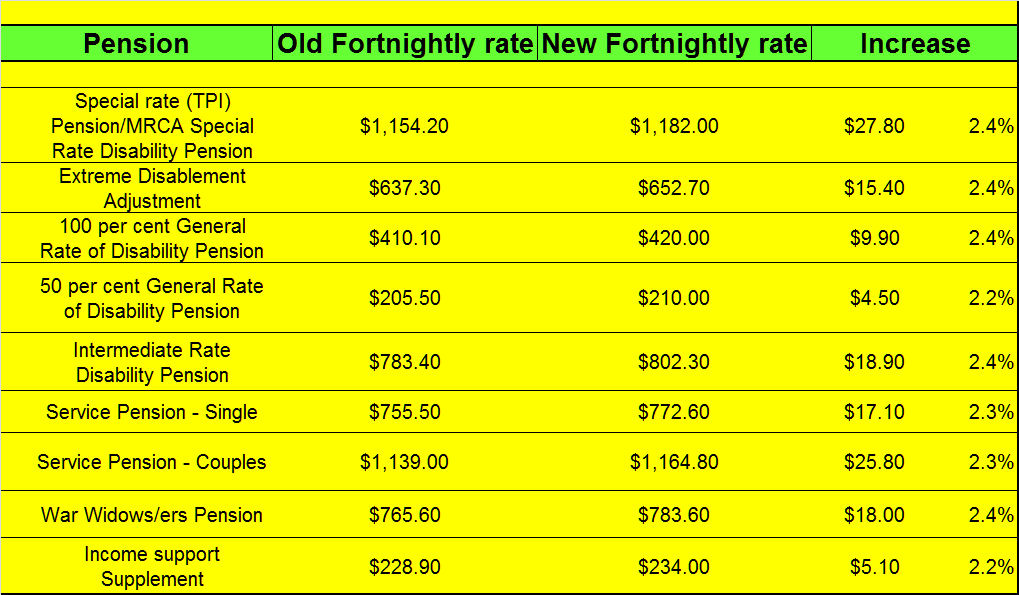

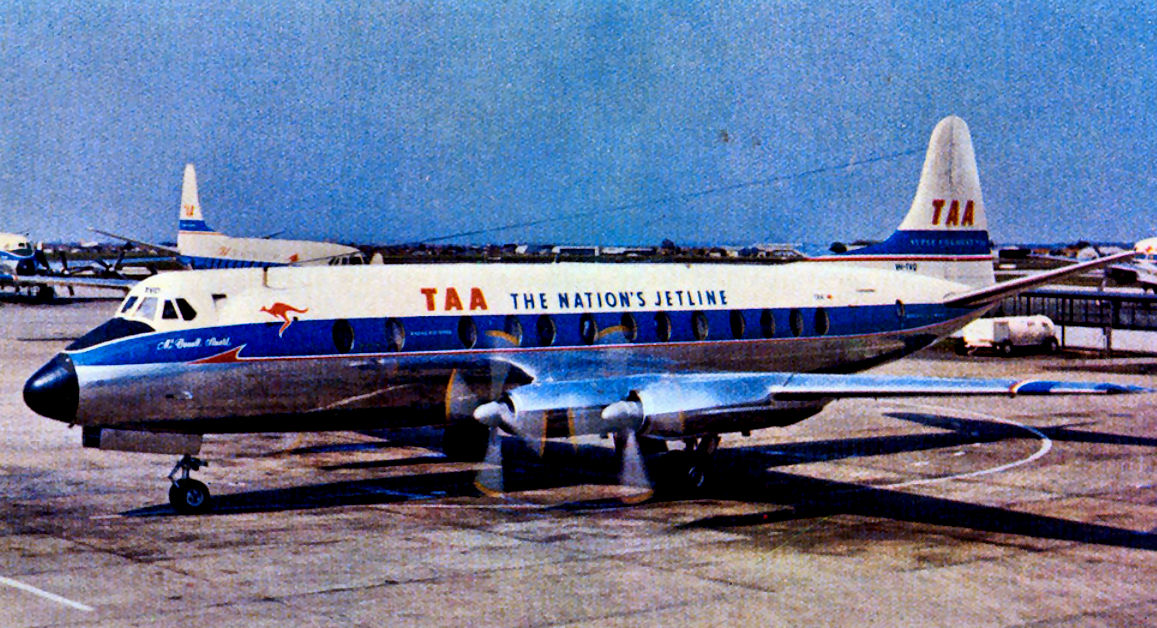
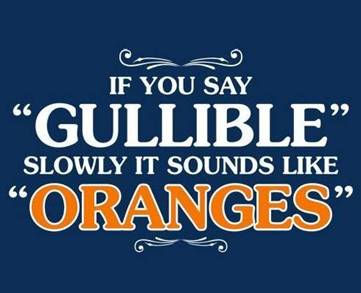
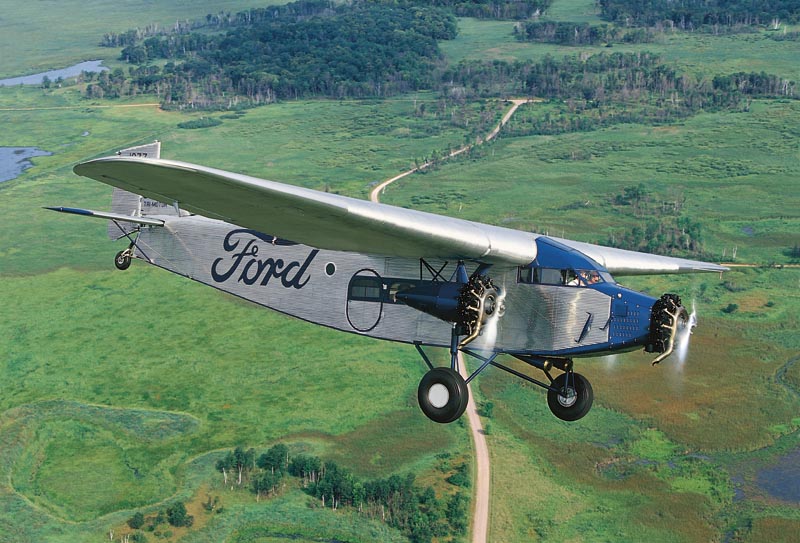
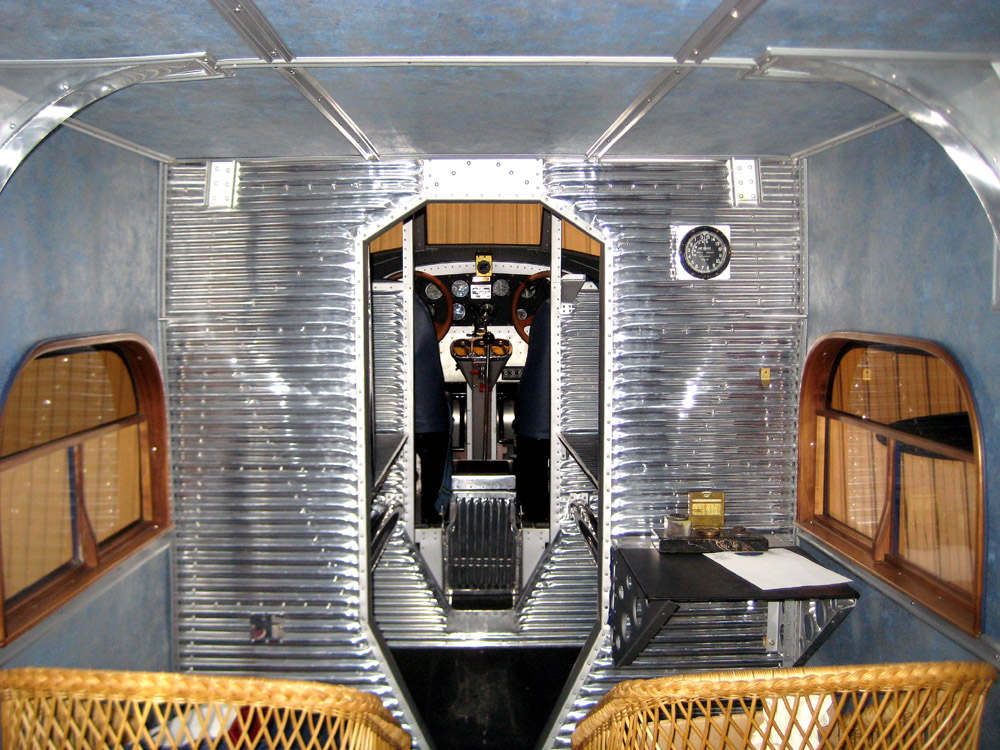
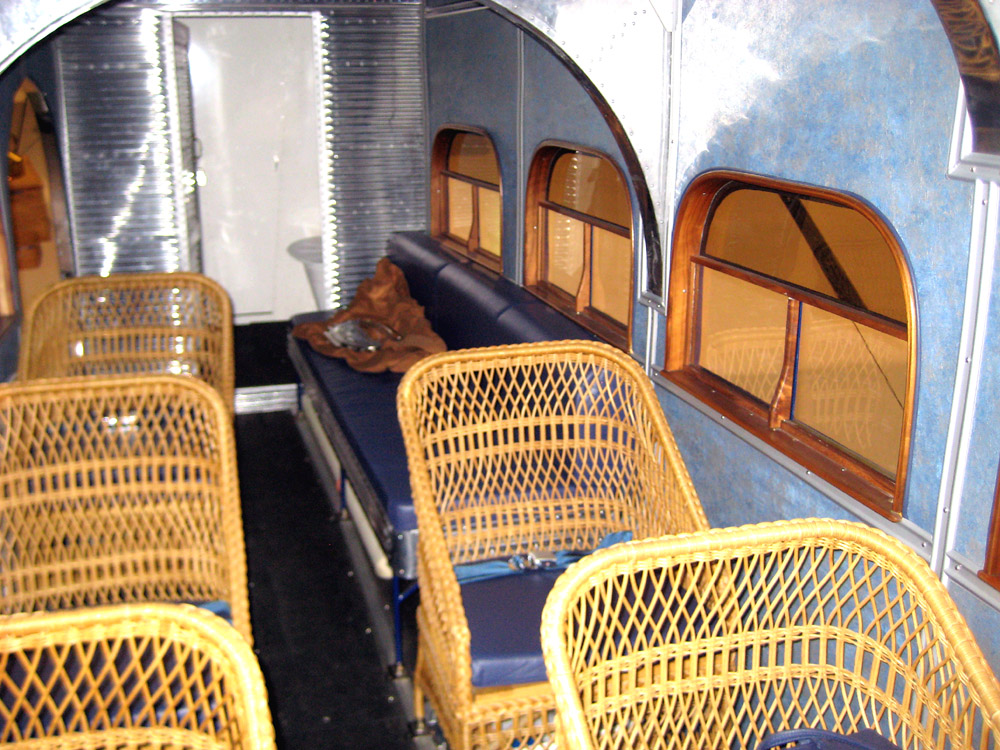
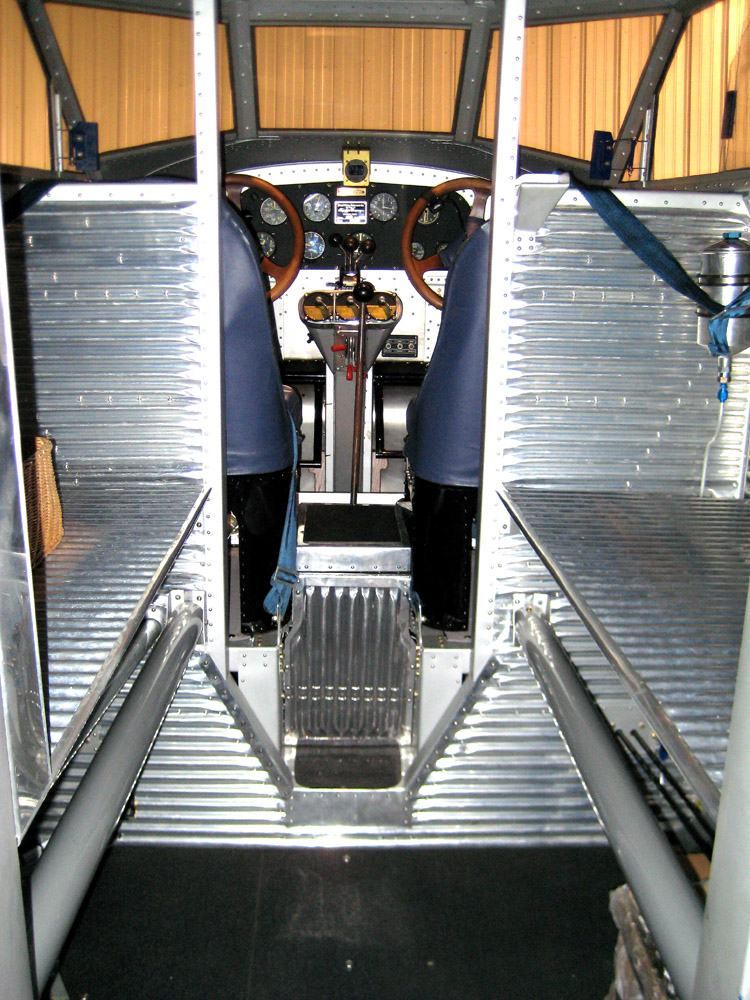
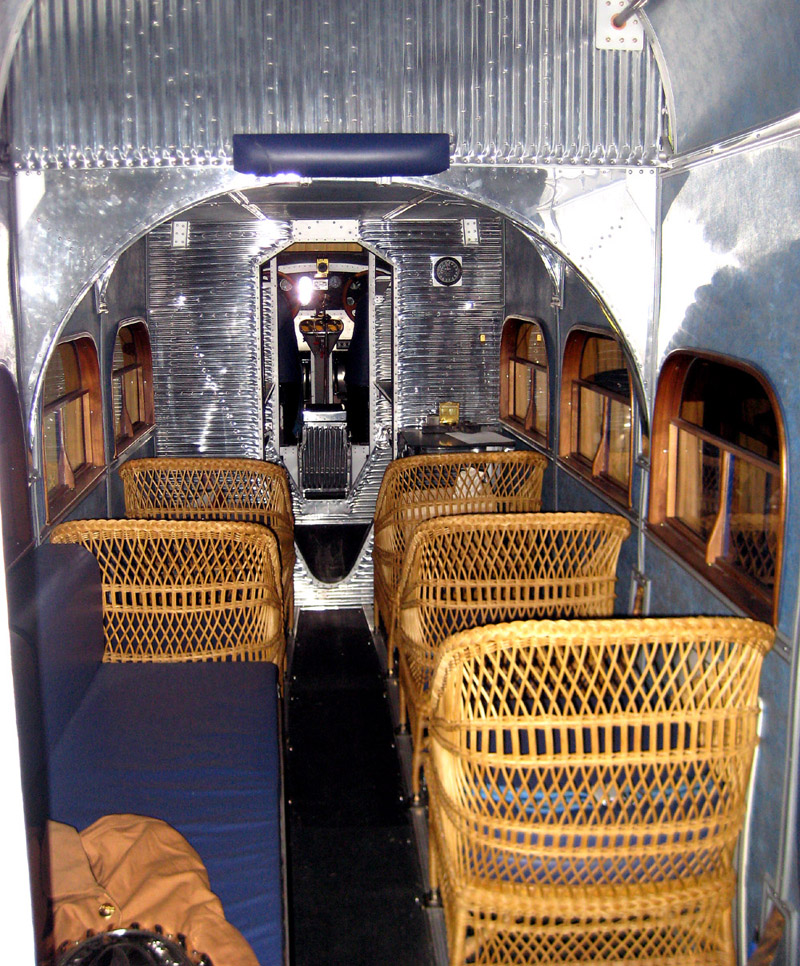
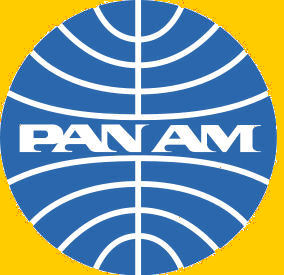
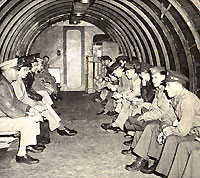 utilization.
utilization.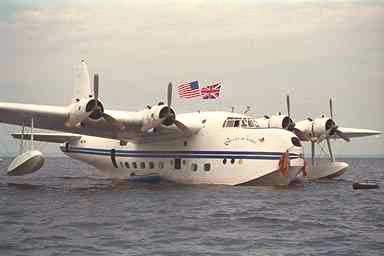 ad to be told of his achievement by Pan Am's
ground personnel. Asked to describe his feelings at reaching this
aviation milestone he answered, "Well, I do feel a little hungry."
ad to be told of his achievement by Pan Am's
ground personnel. Asked to describe his feelings at reaching this
aviation milestone he answered, "Well, I do feel a little hungry."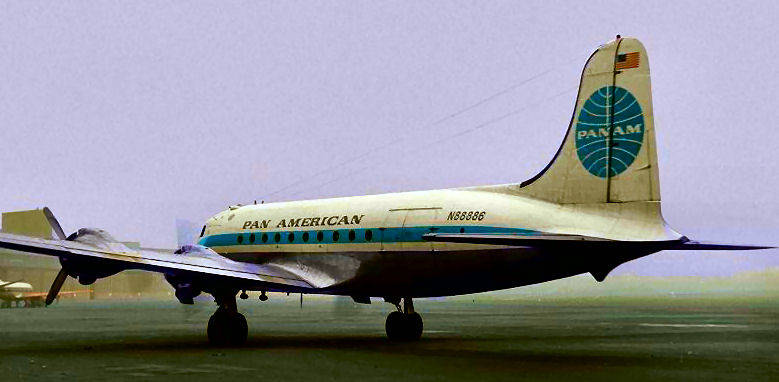
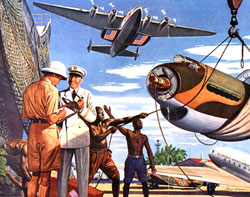 November 22, 1941, shows workers unloading much-needed engines for use
on military planes. In the first years of the war, before the operation
was taken over by the U.S. Air Transport Command, it ferried 542 bombers
and transports to the war zones. Pan Am also trained more than 5,000
military pilots and thousands of mechanics and established schools and
procedures for the training of many more thousands.
November 22, 1941, shows workers unloading much-needed engines for use
on military planes. In the first years of the war, before the operation
was taken over by the U.S. Air Transport Command, it ferried 542 bombers
and transports to the war zones. Pan Am also trained more than 5,000
military pilots and thousands of mechanics and established schools and
procedures for the training of many more thousands. slogan,
the "World's Most Experienced Airline". It carried 6.7 million
passengers in 1966, and by 1968, its 150 jets flew to 86 countries on
every continent,
slogan,
the "World's Most Experienced Airline". It carried 6.7 million
passengers in 1966, and by 1968, its 150 jets flew to 86 countries on
every continent,